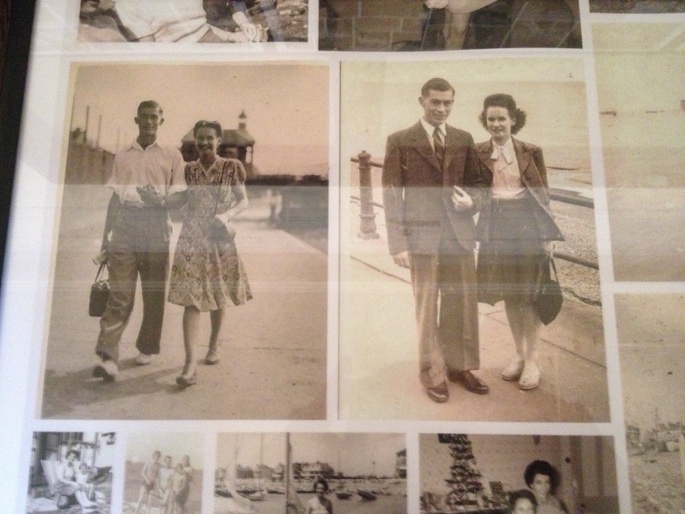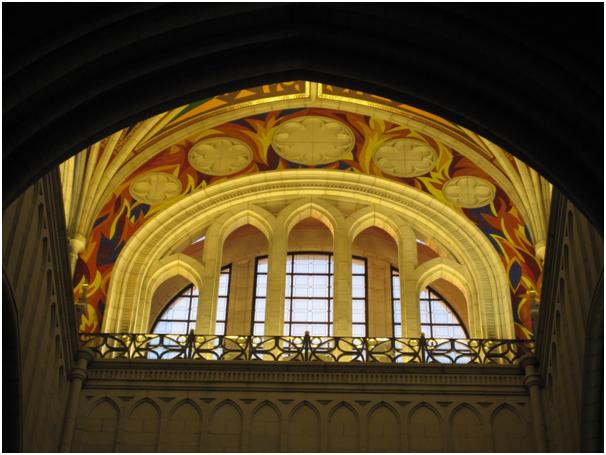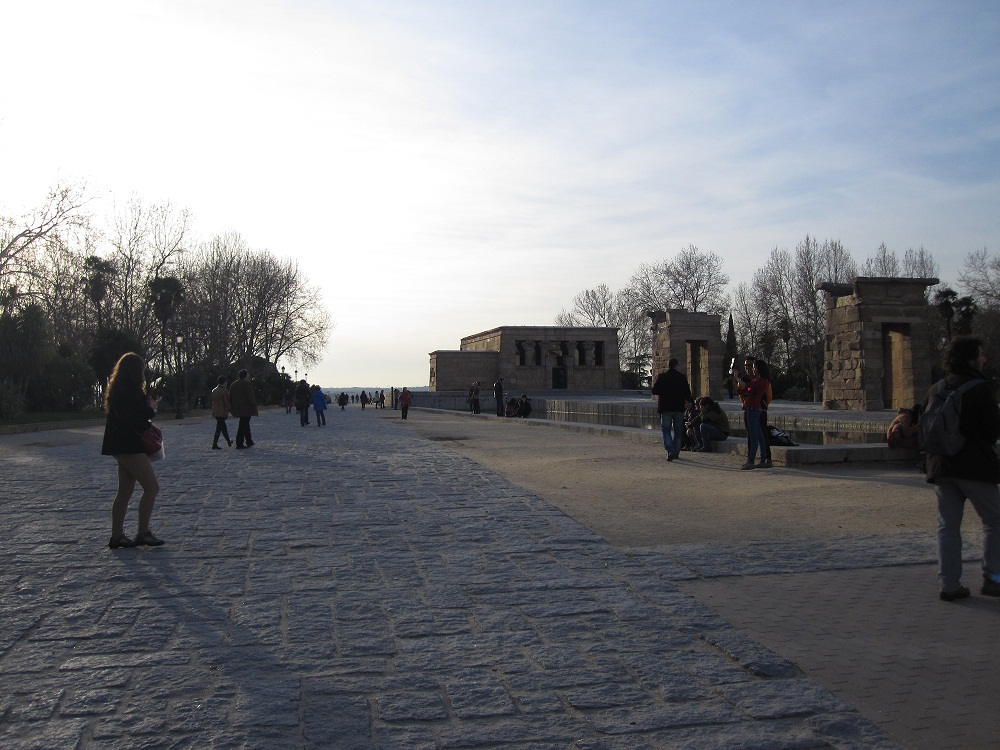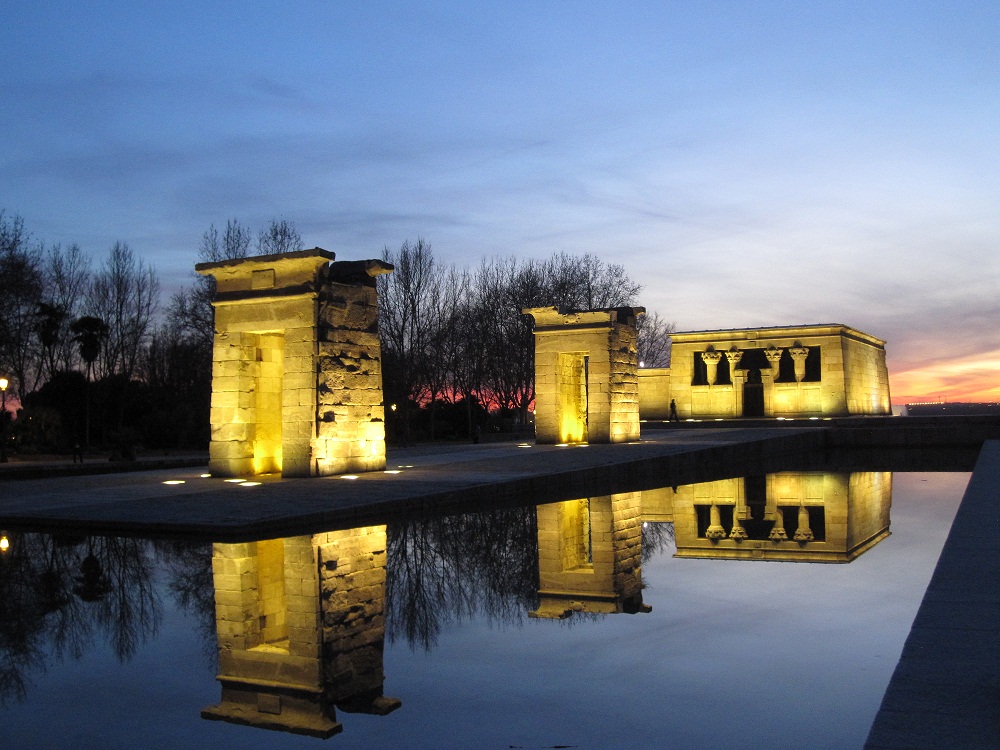Fashion history is about much more than elite garments. Amy Hodgson has been intrigued by the everyday fashion choices of ordinary people in the final year of her BA (hons) Fashion and Dress History studies.
The option module ‘Fashioning everyday lives in London and New York’ has been essential to my understanding of fashion and dress history: observing and questioning the ordinary over the extraordinary, theorizing the overlooked and mundane, asking how fashion and modernity is seen in the ordinary and average areas of society, and how modernity, post-modernism, geography, capitalism, or globalization could affect everyday fashion choices. It has been taught by Professor Cheryl Buckley and is based on new research that she is carrying out. Professor Buckley has just joined the University of Brighton, and it is great that BA students are taught by staff who are leading research in the subject.
This option has helped broaden my understanding of how we look at the average person and their choice of dress. I have learned that fashion isn’t just about the most modern or groundbreaking clothing, but can be seen on the streets on ordinary people going about their daily lives. Questioning the everyday highlights differences. As Ben Highmore observes in his introduction to The Everyday Life Reader, ‘in its negotiation of difference and commonality it might, potentially, find new commonalities and breathe new life into old differences’. Negotiating the different and common, or modern and traditional is witnessed repeatedly when observing everyday fashion; how people may choose to consume the latest fashion on their own, possibly more traditional, terms may uncover issues of gender, race, ethnicity or generational differences.
This option touches on a broad range of subjects, from mass-consumption and ‘fast-fashion’, to geography, feminism and museum studies. All serve the purpose of highlighting how fashion changes and is used on a day-to-day basis. Understanding how fashion is consumed in everyday terms offers insight into society and how, for example, mass-consumption may allow a broader range of people to consume and partake in fashion on their own terms. Geography and fashion cities also play a large part in this option: how fashion operates within a city, and how this in turn affects the peripheral towns has been a key element in uncovering how fashion, and the modern, is witnessed in areas that may be deemed unfashionable or less modern.
My favourite aspect of this module is studying images: images of ordinary people on their way to work, shopping, partaking in the mundane, everyday chores that may be overlooked by many. Students on the course enjoyed this aspect of the module, choosing to study their own family photos, such as the ones above. Personal photographs of grandmas and grandpas, for example, brought to light various issues of class, modernity or geography, that were then discussed in presentations and class debates. This un-picking of images highlighted how society consumes and chooses to engage in fashion, challenging the understanding of fashion as structured. Studying a variety of images highlighted how a mix of old and new silhouettes are constantly seen through all decades, proving that fashion is a constant recirculation, and that there are no clear boundaries.
This option has opened my eyes to the everyday. I no longer walk down the street and take my surroundings for granted. I am aware of shopping and my sartorial choices. I now question the ordinary practice of getting dressed in the morning, and how like many, I chose to represent myself to the outside world. Studying Sophie Woodward and her book, Why Women Wear What They Wear, has highlighted this aspect of everyday choices, as Woodward concentrates on theorizing these simple acts and the ‘imagined projections of how others might see them’.
This option has helped me apply various theories to the everyday, and the everyday fashions that everyone engages in, and how subjects such as, modernity, post-modernism, geography, capitalism, or globalization affect people’s ordinary choices and are witnessed in their day-to-day projected self.



















